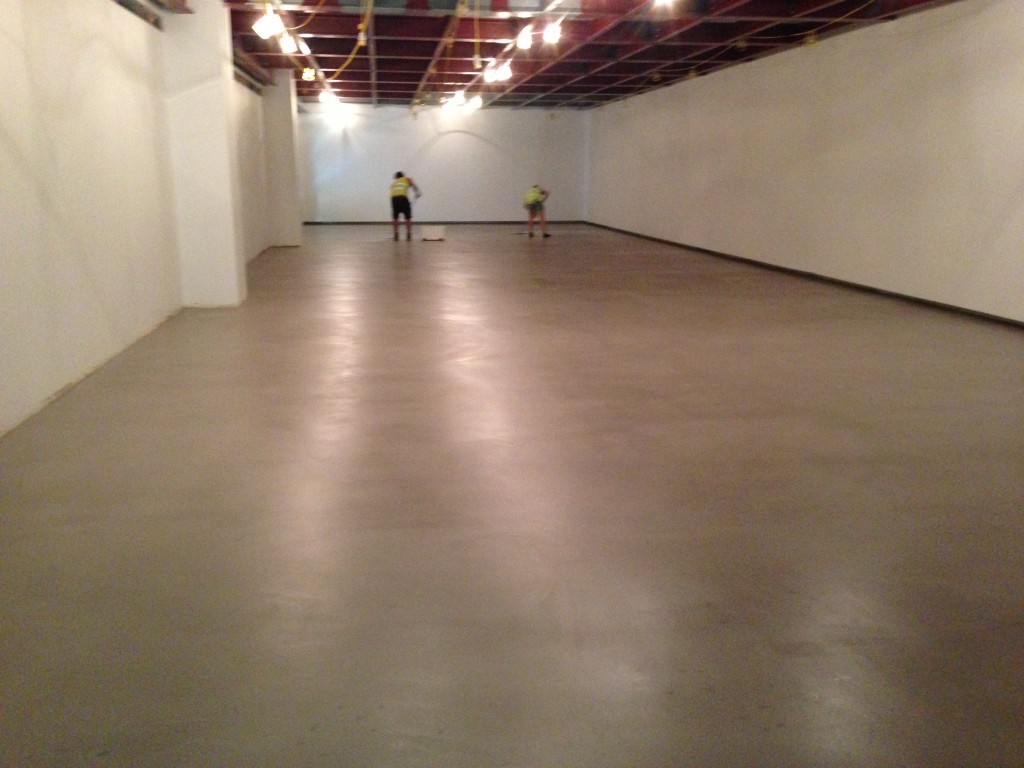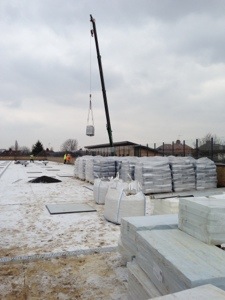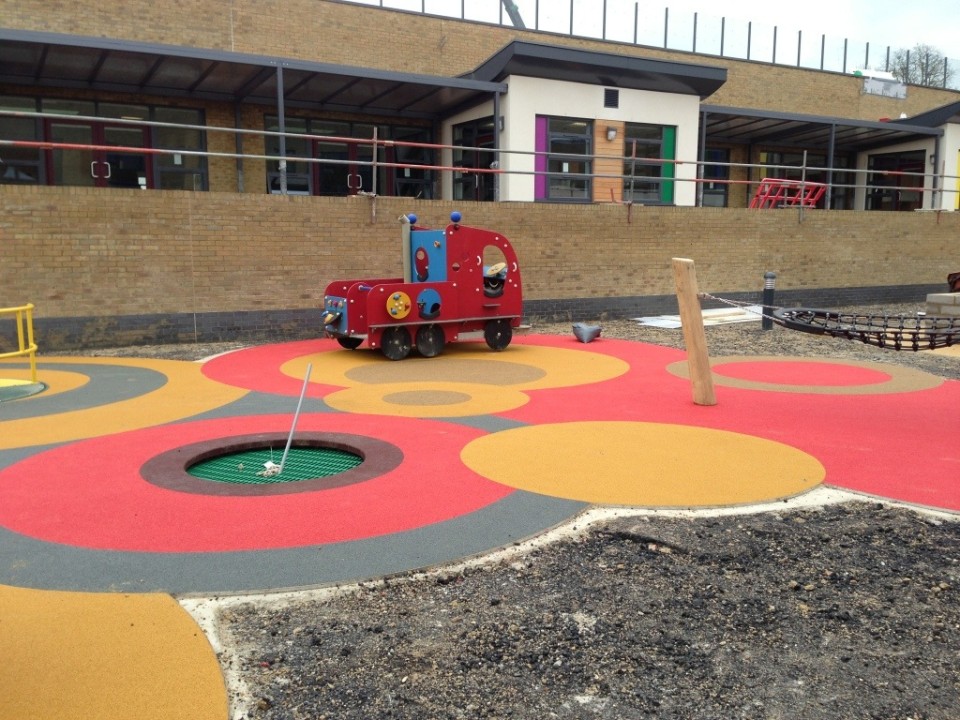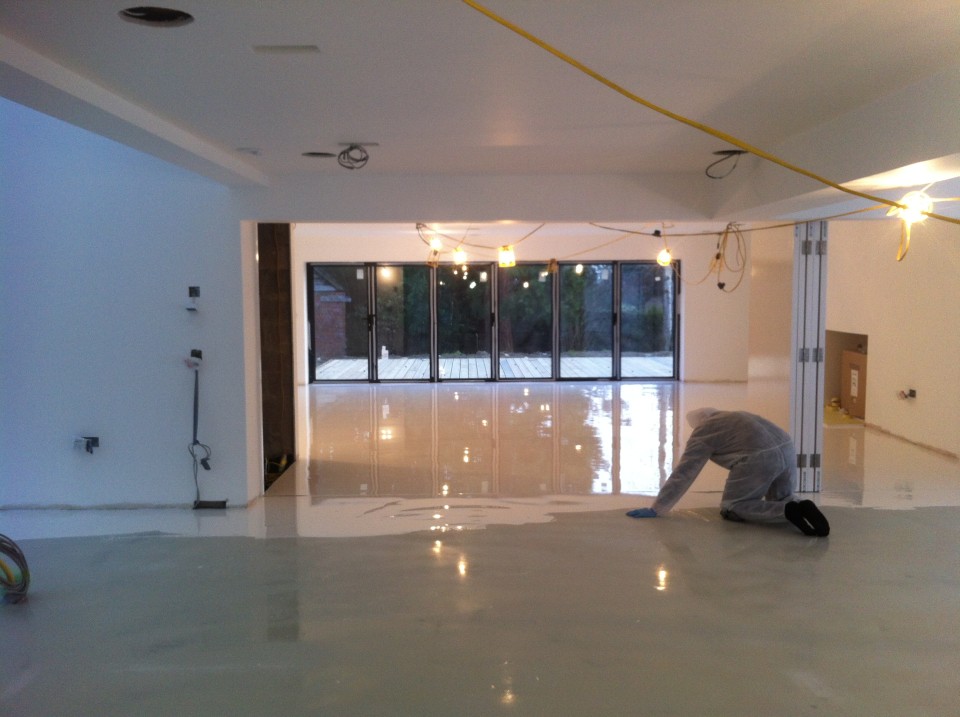One of the least rewarding parts of being a flooring consultant is when I am asked to give an opinion or to write a report on recently installed resin flooring that for whatever reason has not lived up to the expectations of the client.
In the last two weeks I have visited four different sites, for four different clients in a wide range of market sectors; industrial, technology, commercial and a private domestic floor.
Although each floor could be classified in broad terms as ‘resin flooring’ they couldn’t be more different and the standards of the product, workmanship and client expectations are worlds apart.
The industrial floor was an epoxy SL, just 2mm thick, but installed upon an old industrial floor, prepared with a scabbler, but with no making good or intermediate levels between priming and pouring the SL. Add to this poor workmanship and the wrong choice of tools and the result is pretty ugly and probably one of the worst floors I have ever had the misfortune to view.
The floor for the client in a high technology area was also an epoxy SL, but this time it needed to be static dissipative. First and foremost a functional floor and being installed upon a new screed, the finish was superior to the industrial floor, but for a client in this sector, standards are much higher and the finish failed to impress. The material did not flow as well as it should and the carbon within the matrix was not evenly distributed so that the floor looked patchy. A decent product, but the workmanship has not reached the level required for this market sector.
The commercial floor was a decorative trowel applied microscreed for an Art Gallery in central London. Function is no longer the driving force, but the look of the floor was all important. However, the client asked for a ‘concrete look’ and the floor certainly met that criteria, but what the client really wanted was a polished concrete. So despite getting what he asked for, it is not actually what he wanted.
Finally, the domestic floor in a private home. Out of all the four floors, this one has been installed to the highest standard, using the best quality polyurethane materials. The floors are beautiful, seamless and perfectly flat. Installed on a timber substrate with a rubber crumb ‘shock pad’ to ensure there is no cracking. However, the owner a housewife turned project manager, with no experience of construction or flooring is not satisfied and until she is the flooring contractor will struggle to get paid.
So what do these four floors all have in common ?
None of the client’s expectations have been met, whether they have been mis-informed, they have misunderstood the type of flooring that they were buying, or they were over sold the product’s capabilities none of them are happy with the result.
How can clients avoid finding themselves in this situation ?
Although it may seem like a false economy to get independent professional advice prior to a resin flooring installation this could not be further from the truth. Ensuring that you understand the type of flooring that will be installed, how it will perform and how it will look is the minimum of information that is needed when a sizeable investment is being made. The expense of getting an independent professional opinion and advice will certainly be outweighed by the saving of time, stress and further money spent to make repairs or adjustments additional to the initial spend.













